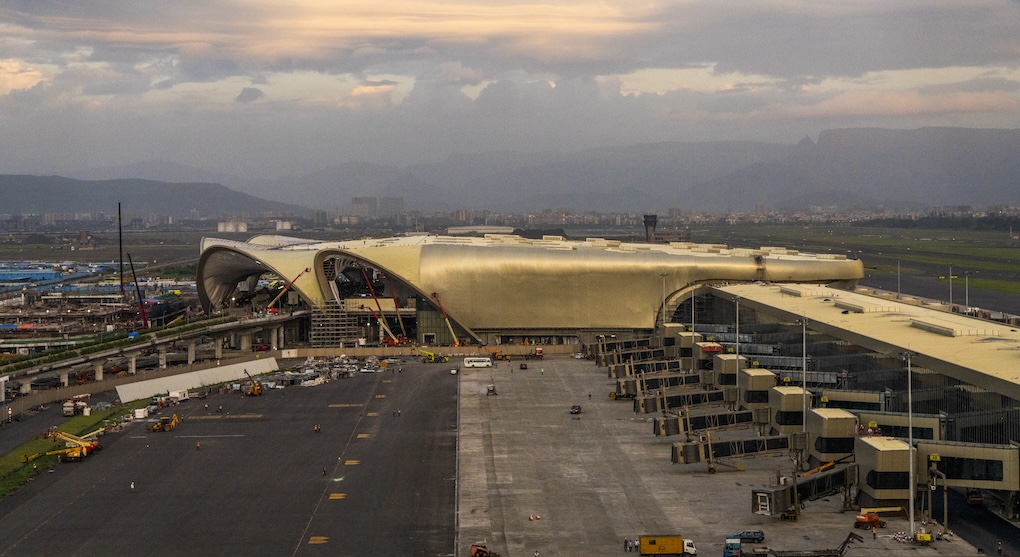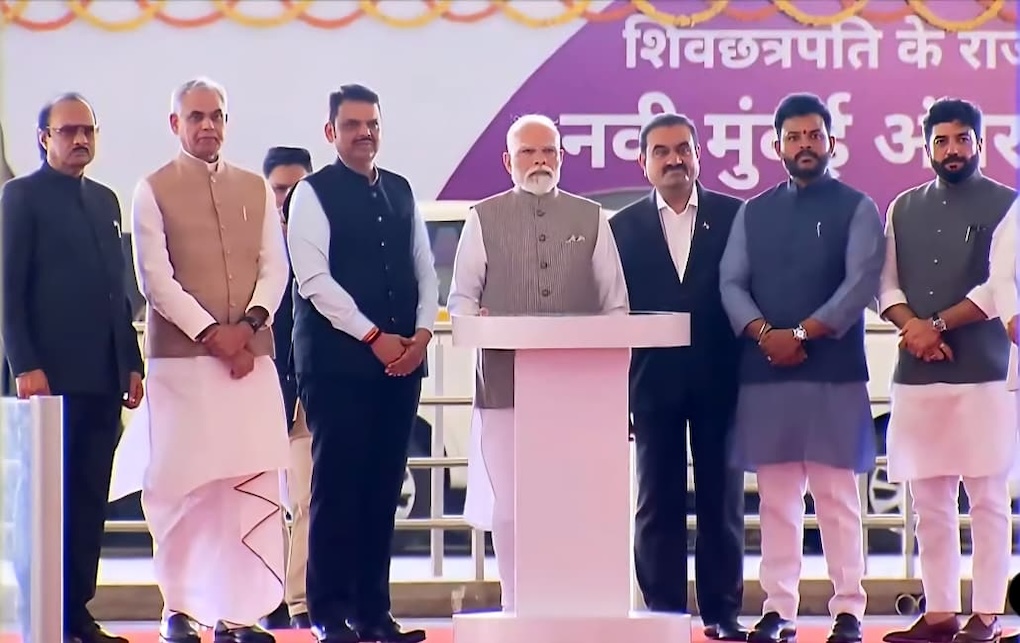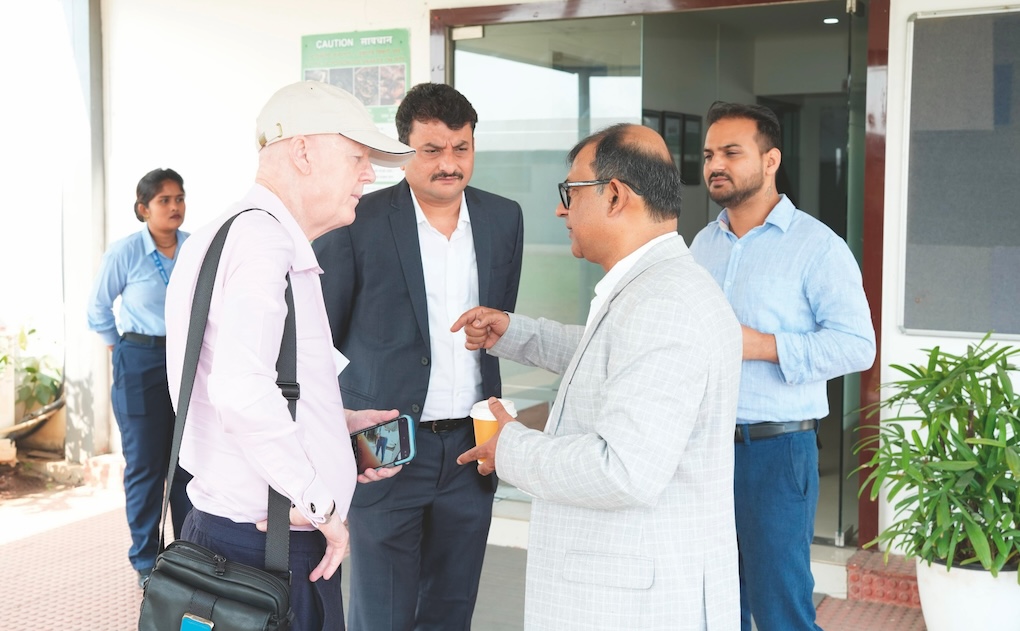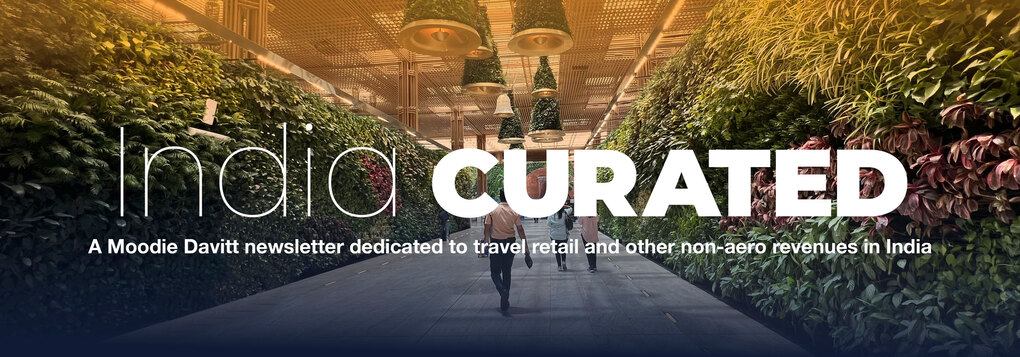
INDIA. Prime Minister of India Narendra Modi today (8 October) inaugurated Navi Mumbai International Airport (NMIA), marking the completion of one of the country’s most ambitious infrastructure projects.
In his address, Modi said that Mumbai’s long wait for a second international airport had come to an end, adding that NMIA would help position the region as a key connectivity hub in Asia.
He said, “The Navi Mumbai International Airport is a project that exemplifies the vision of a developed India. It is built on the land of Chhatrapati Shivaji Maharaj, and its design resembles a lotus flower, makes it a living symbol of culture and prosperity.

“This new airport will connect Maharashtra’s farmers directly with the international supply chain, including supermarkets in Europe and the Middle East. This means that the farmers’ freshest produce – fruits, flowers, vegetables and the products of our fisherfolk – will be able to reach the global market rapidly.
“For the small and micro-scale industries in the area, this infrastructure will reduce logistical costs. It is set to attract increased investment, fostering the creation of new industries and ventures. I extend my heartiest congratulations to all the people of Maharashtra and Mumbai on the establishment of this airport.”
The Prime Minister toured the airport and reviewed its state-of-the-art facilities, accompanied by Maharashtra Governor Acharya Devvrat; Maharashtra Chief Minister Devendra Fadnavis; Union Minister for Civil Aviation Ram Mohan Naidu Kinjarapu; Deputy Chief Ministers of Maharashtra Ajit Pawar and Eknath Shinde; Union Minister of State for Civil Aviation Murlidhar Mohol; and Adani Airports Director Jeet Adani.

NMIA has been developed as a public-private partnership between Mumbai International Airport Limited, a subsidiary of Adani Airport Holdings Limited, and the City and Industrial Development Corporation (CIDCO).
The project is part of India’s broader infrastructure development plan under the Government’s Viksit Bharat 2047 initiative.
Adani Group Chairman Gautam Adani commented, “In an era where India ascends among the world’s largest economies, we have built more than an airport – we have architected Bharat as a gateway and as one of the world’s most indispensable crossroads.
“This is infrastructure that does not just serve today’s demand, it creates tomorrow’s exponential possibilities. For generations to come, every flight through these terminals will carry not just passengers, but the pulse of a defining superpower and the dreams, ambitions and achievements of a nation reclaiming its place at the centre of global progress.”

Planned as part of a dual-airport system for the Mumbai Metropolitan Region, NMIA will operate alongside Chhatrapati Shivaji Maharaj International Airport (CSMIA). It is designed to handle 20 million passengers annually in its first phase, with capacity expected to increase to 90 million passengers per year as the project expands.
“NMIA is a landmark in India’s aviation journey, uniting cutting-edge technology, sustainability and a passenger-first experience,” said Jeet Adani. “By complementing CSMIA, it reinforces Mumbai’s role as a global aviation hub and sets a blueprint for future-ready airports nationwide.”

Designed as a multimodal hub, NMIA will connect with the Mumbai Trans Harbour Link, Navi Mumbai and Mumbai Metro lines, suburban rail networks and planned waterways.
The integration is intended to improve regional connectivity and reduce travel times, at the same time supporting passenger and cargo movement across western India.
In its initial two phases, NMIA will operate with a single runway and terminal. Eventually, the airport will expand to four runways and multiple terminals, including a dedicated cargo facility with advanced infrastructure for perishables and express shipments, supporting India’s trade and logistics network. ✈














